As the capital braces for a scorching summer, Delhi chief minister Rekha Gupta on Monday unveiled a sweeping 150-page Heat Action Plan 2025 — a first-of-its-kind blueprint to tackle intensifying heatwaves with the help of cooling shelters, heatwave wards in hospitals, and the installation of 3,000 water coolers across the city.

Framed by the Delhi Disaster Management Authority, in line with National Disaster Management Authority (NDMA) guidelines, the plan aims to make the city heat-resilient through a coordinated, citizen-centric approach. The launch event at the Delhi Secretariat was attended by cabinet ministers Parvesh Sahib Singh and Pankaj Singh, chief secretary Naresh Kumar, and senior officials.
The initiative comes as temperatures in Delhi continue to climb. The India Meteorological Department (IMD) has forecast maximum temperatures to touch 40–42°C by Wednesday, with minimums hovering around 24–26°C. CM Gupta emphasised that Delhi has in recent years seen temperatures approach 50°C — posing a serious threat to public health. “This plan is not just a scheme — it is a movement. We are preparing not just with intent, but with action,” she said.
Key measures
Under the plan, 1,000 water coolers will be installed along roads, 1,000 in government buildings, and another 1,000 in locations lacking water access, particularly for homeless individuals. The installation will be carried out through public-private and CSR partnerships.
Bus stops will be redesigned to shield waiting passengers from the sun. Structures providing shade will be constructed along footpaths, and public spaces like bus terminals and railway stations will be equipped with cold water dispensers and shaded waiting areas.
Hospitals across Delhi are preparing special heatwave wards fitted with cooling systems, ORS, and trained staff. In low-income neighbourhoods and slums, assistance centres, water stations, and shaded areas are being set up.
“Government and private buildings will adopt cool roof and green roof technologies. Over 1.4 million students in more than 5,500 schools across Delhi will be trained on heatwave preparedness. Heatwave wards are being developed in hospitals, and cold water facilities are being ensured at public places. This is not merely a government scheme, but a people’s movement requiring citizen participation,” CM Gupta said at the event.
Schools and community engagement
A major highlight of the plan is its focus on heatwave preparedness in schools. Over 1.4 million students in 5,500 government and private schools will be trained in disaster management and heat protection. A ‘water bell’ initiative will be introduced, encouraging children to stay hydrated during school hours.
The government has also trained 1,800 ‘Aapda Mitras’ — disaster response volunteers — to assist in implementing the plan across districts. At the launch, CM Gupta called them “the living symbol of vigilance and service spirit”, and said they would act as “frontline warriors” of the initiative.
Technology and innovation
Delhi has introduced “cool roof technology” at ISBTs in Anand Vihar and Kashmere Gate, where rooftops are being painted white to reflect heat and reduce indoor temperatures. A digital cold water dispenser was inaugurated at the Secretariat, displaying real-time water quality data and heatwave-related information.
The CM noted that advanced heatwave alerts will be disseminated regularly and that departments are working in close coordination to ensure timely action.
A plan for animals too
In a compassionate touch, the plan also includes provisions for animals and birds. “Our culture teaches us compassion for all living beings — birds, cows, stray animals. We will ensure they have access to drinking water, shade, and protection from the heat,” Gupta said.
The blueprint draws on global best practices, district-level vulnerability mapping, and consultations with partners such as UNEP and UNICEF. Officials say the multi-departmental strategy marks a decisive step towards preparing Delhi for the growing threat of extreme weather.
“This is not just a battle against the heat,” said CM Gupta, “it is a commitment to safeguard lives, livelihoods, and every drop of water for every citizen.”

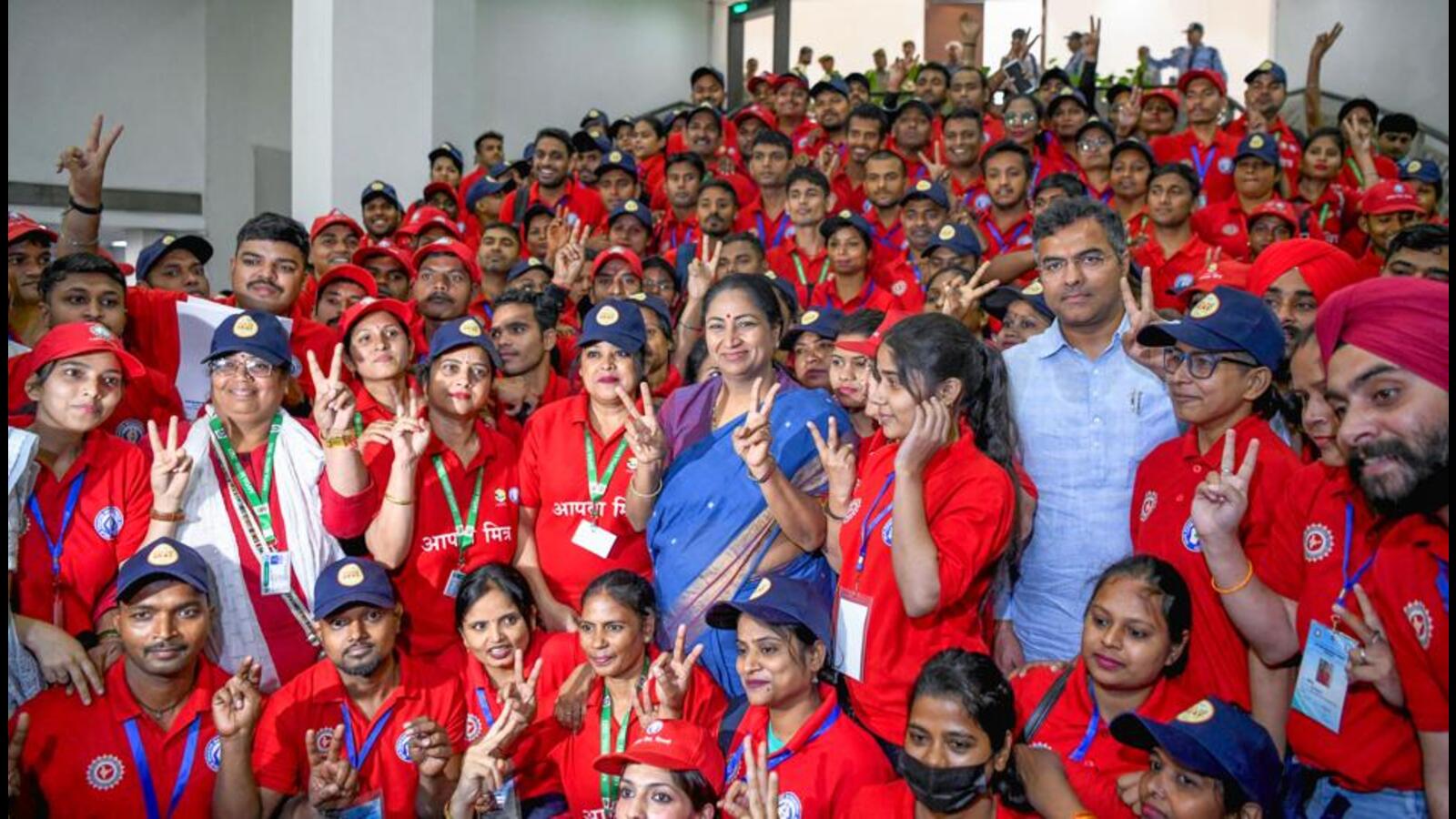

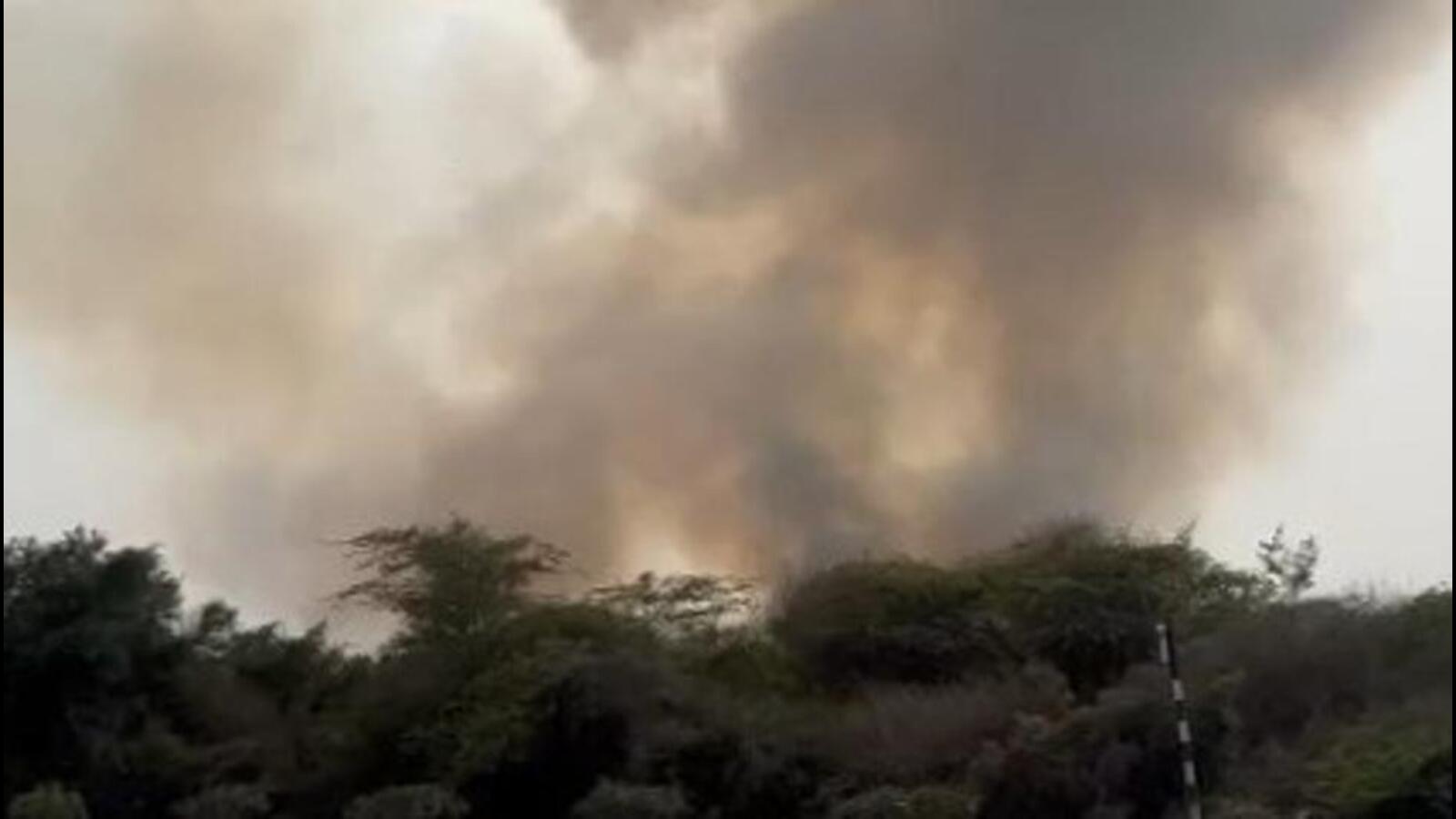



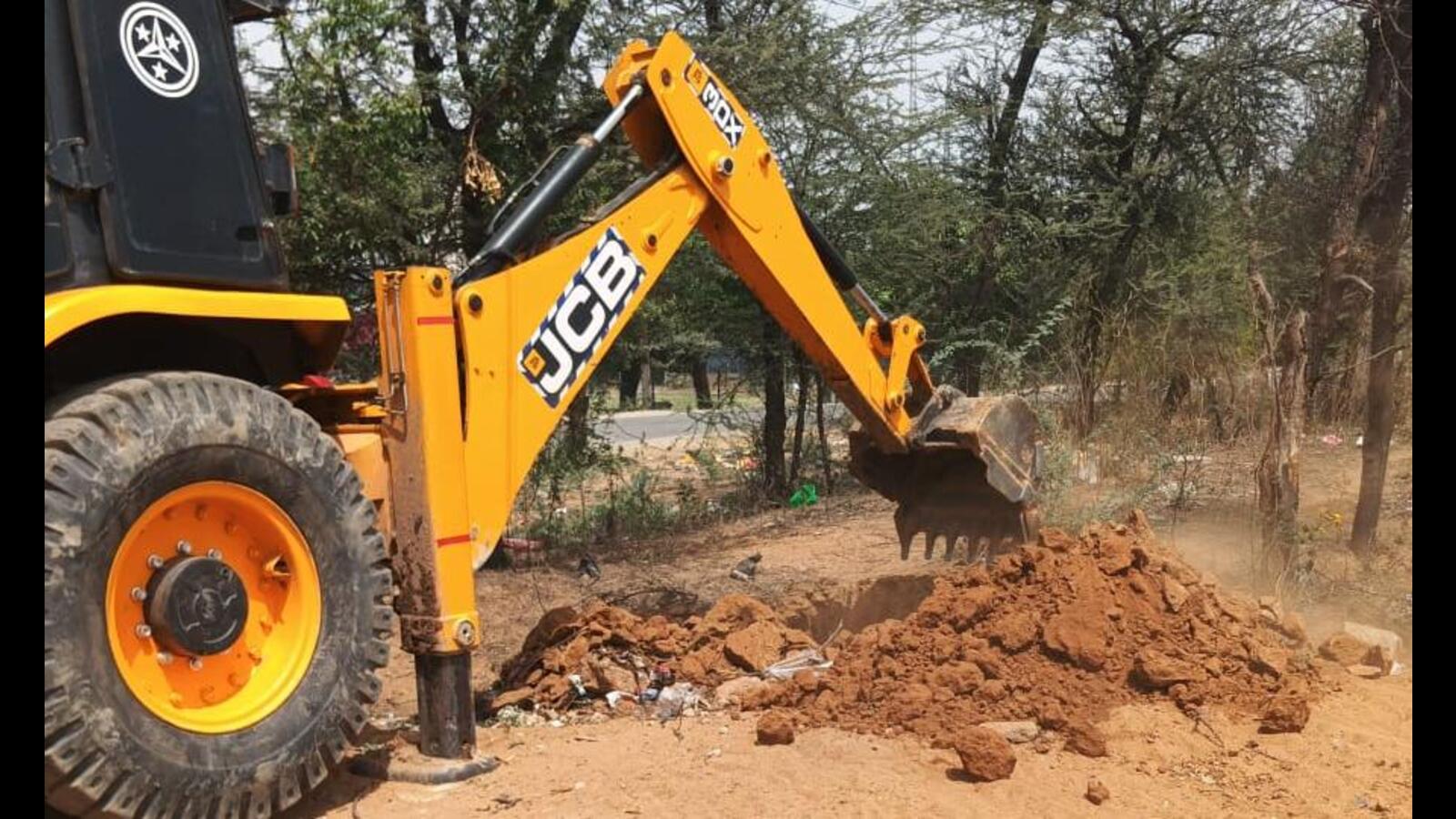


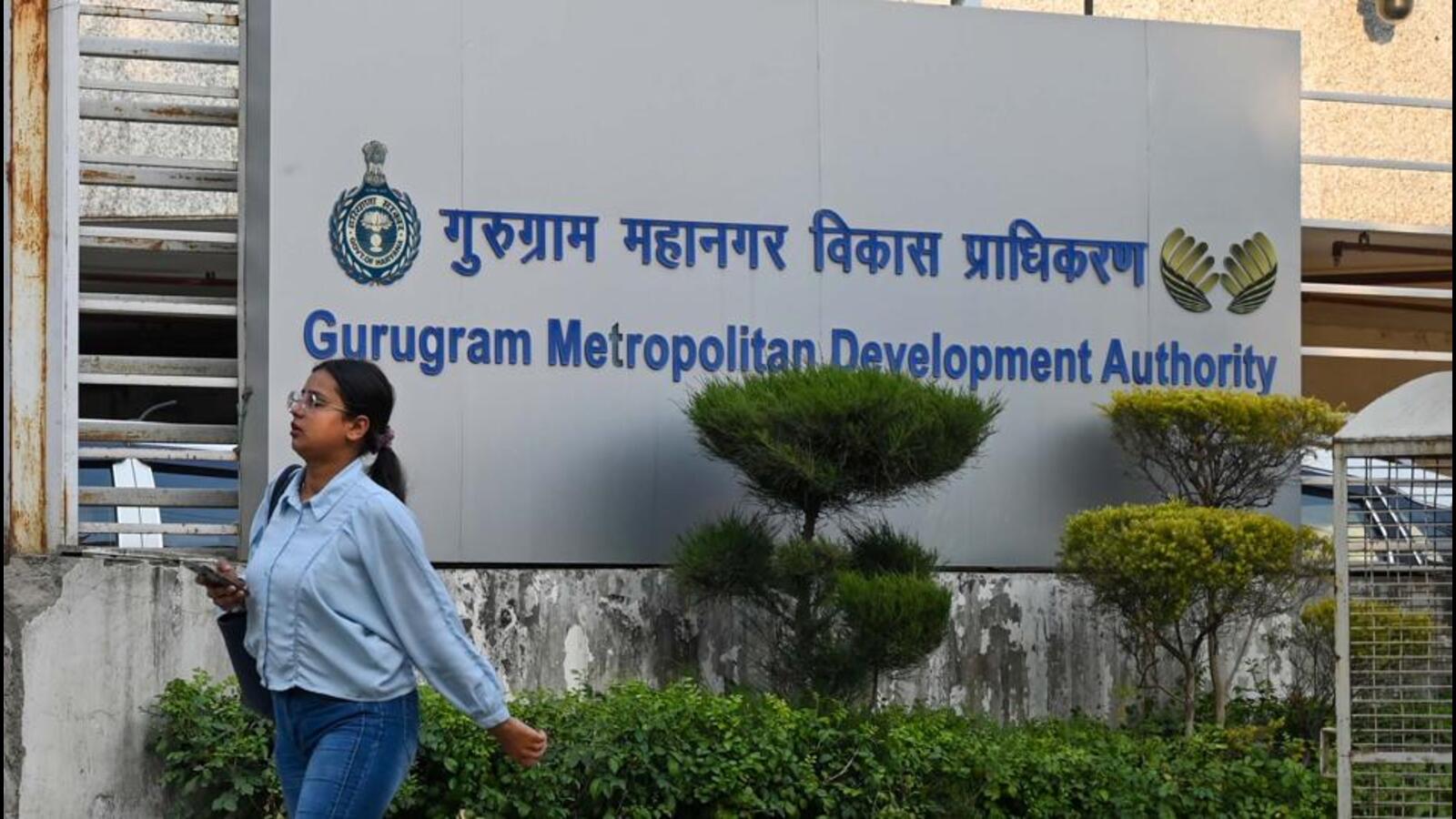
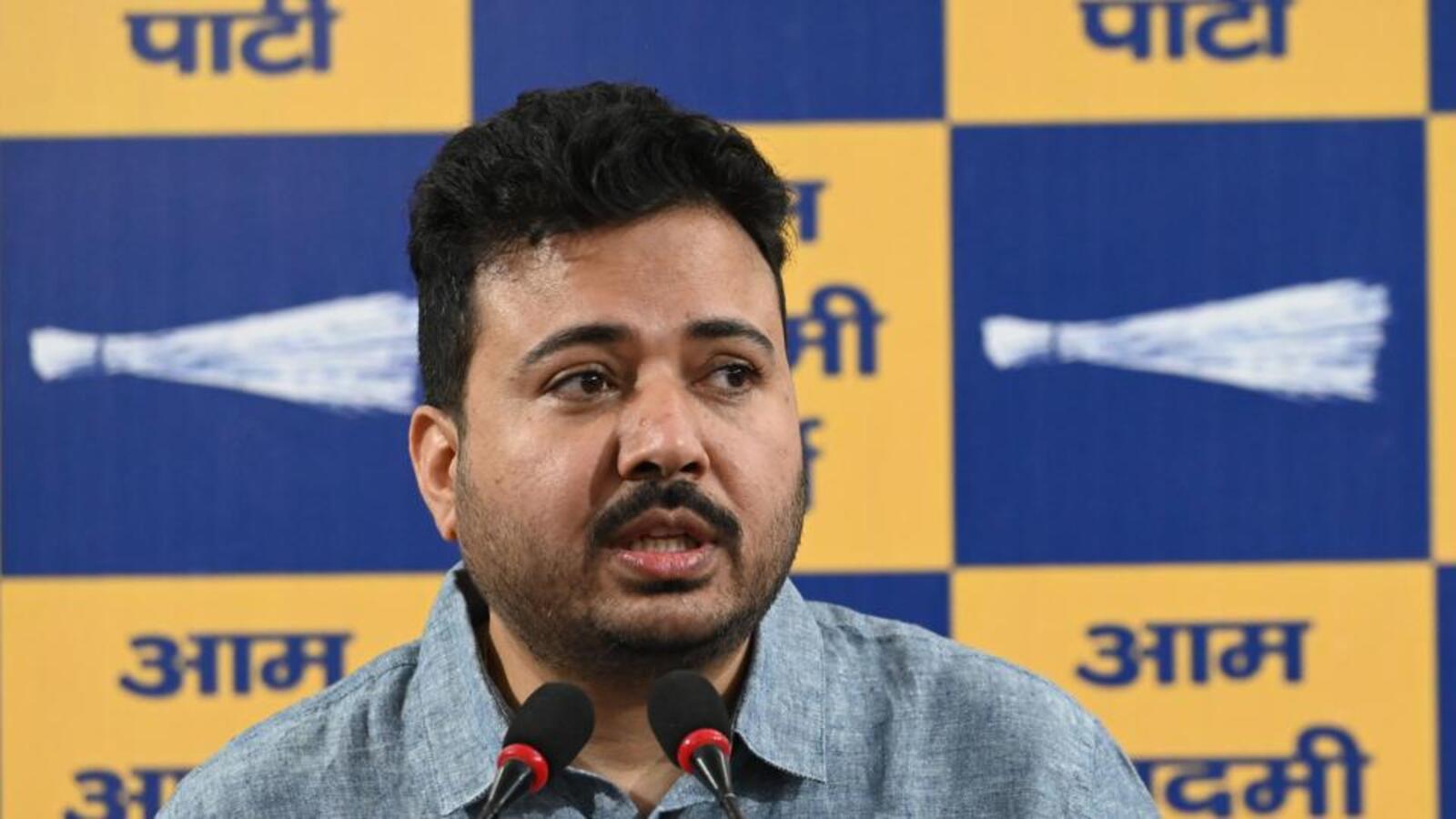
Leave a Reply